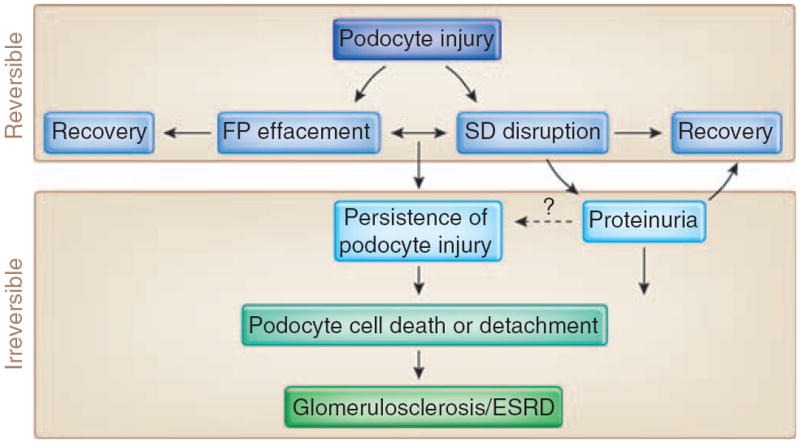Figure 2. Consequences of podocyte injury.

Podocytes can be injured in many human and experimental glomerular diseases, leading to structural changes, such as foot processes (FP) effacement and slit diaphragm (SD) disruption that are reversible.124 Persistence of podocyte injury can cause cell death or detachment of podocytes from the glomerular basement membrane (GBM).72 The resulting loss of podocyte will ultimately lead to irreversible glomerulosclerosis and end-stage renal failure (ESRD).73 The role of proteinuria in the progression of ESRD is a matter of debate. In some patients, nephrotic-range proteinuria can persist over years without progression to ESRD.
